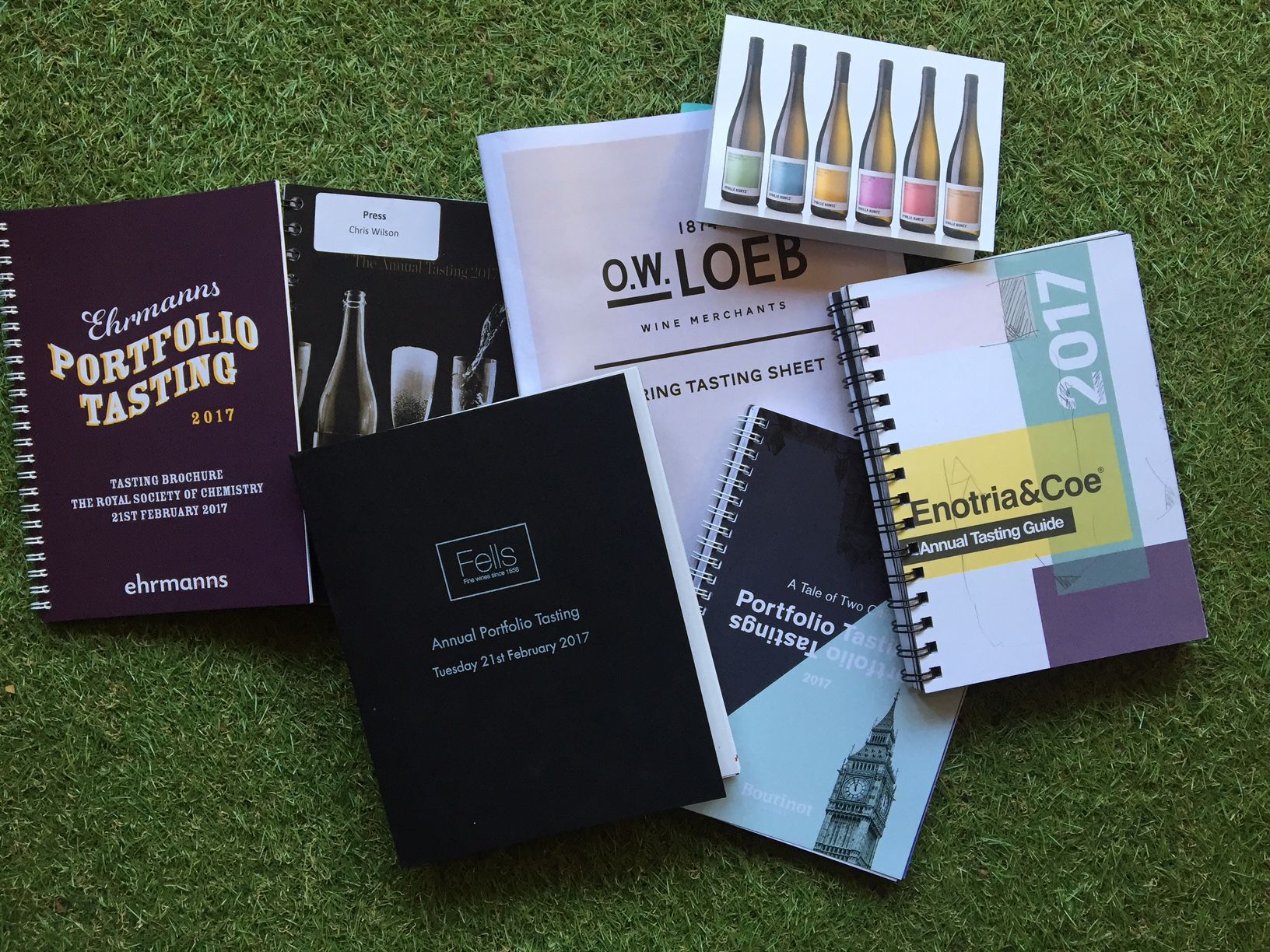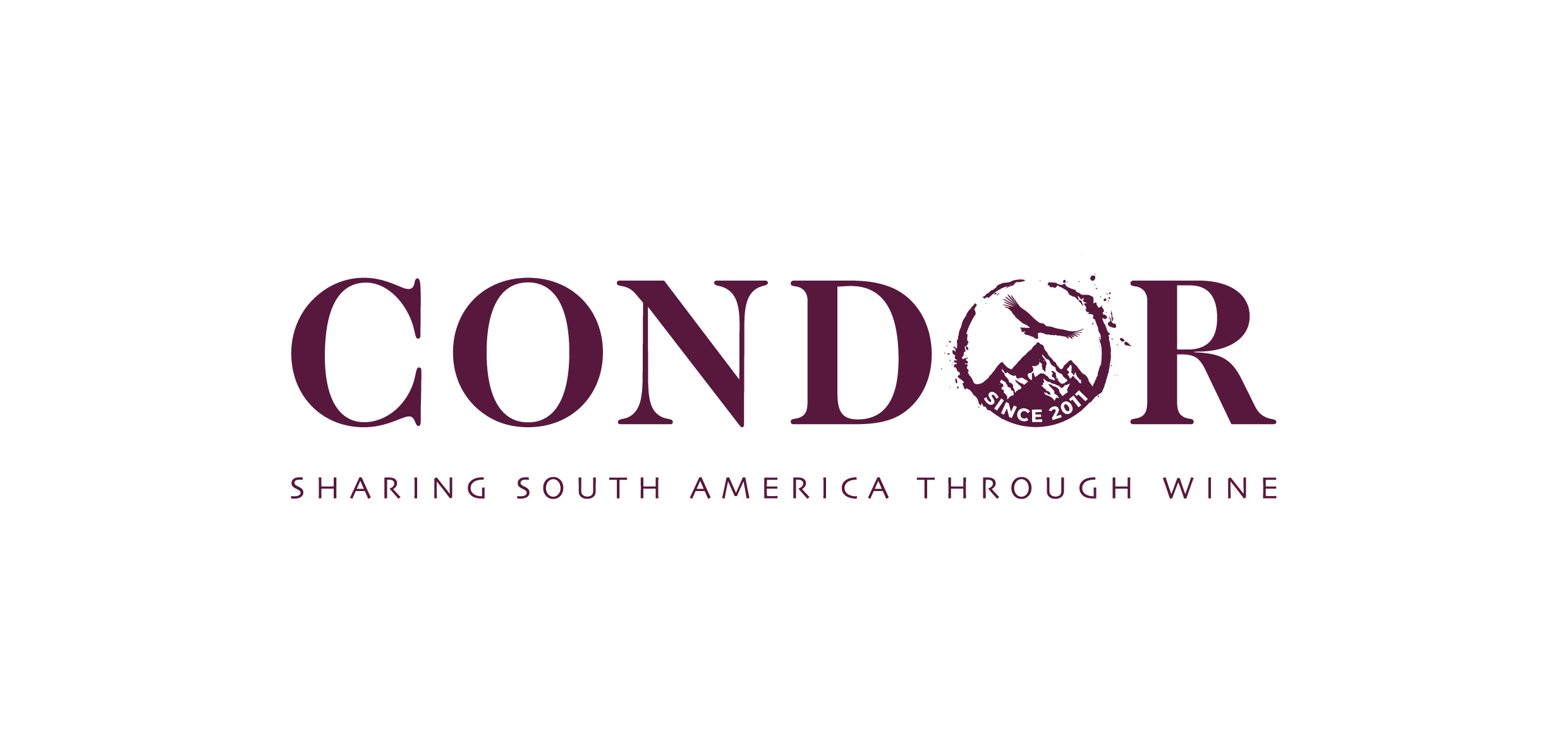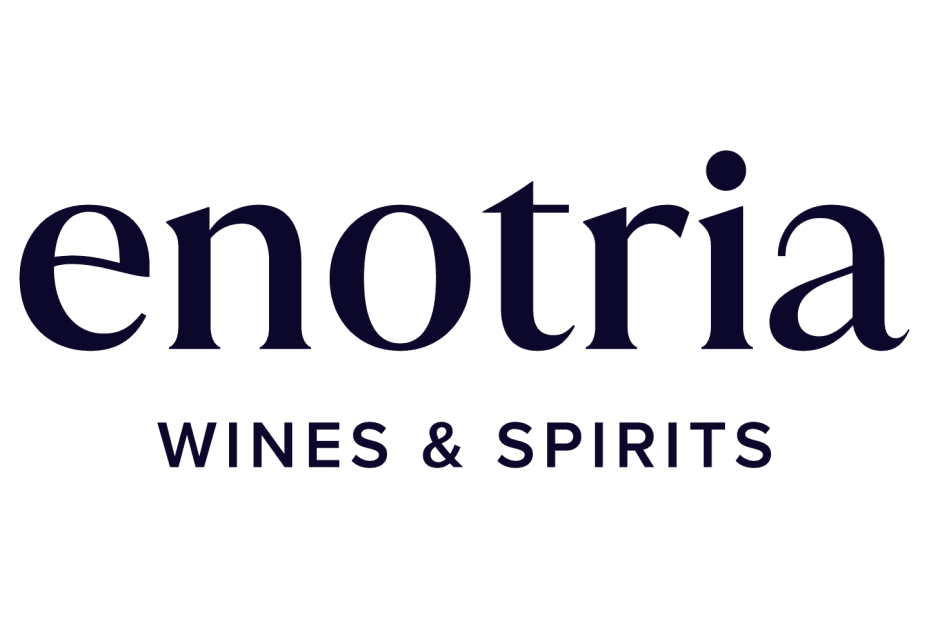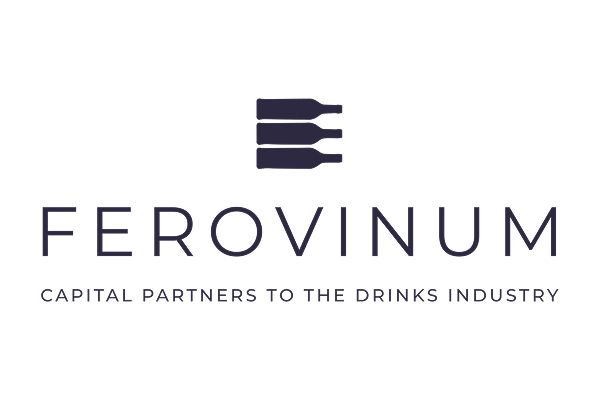Having attended many of the UK importers Spring tastings, Chris makes some useful insights about how strategic a tasting can be from picking the right venue, livery, treats on show and pouring style. He’s also only gone and mentioned the Champagne Experience tasting booklet…
Free Pour Tables
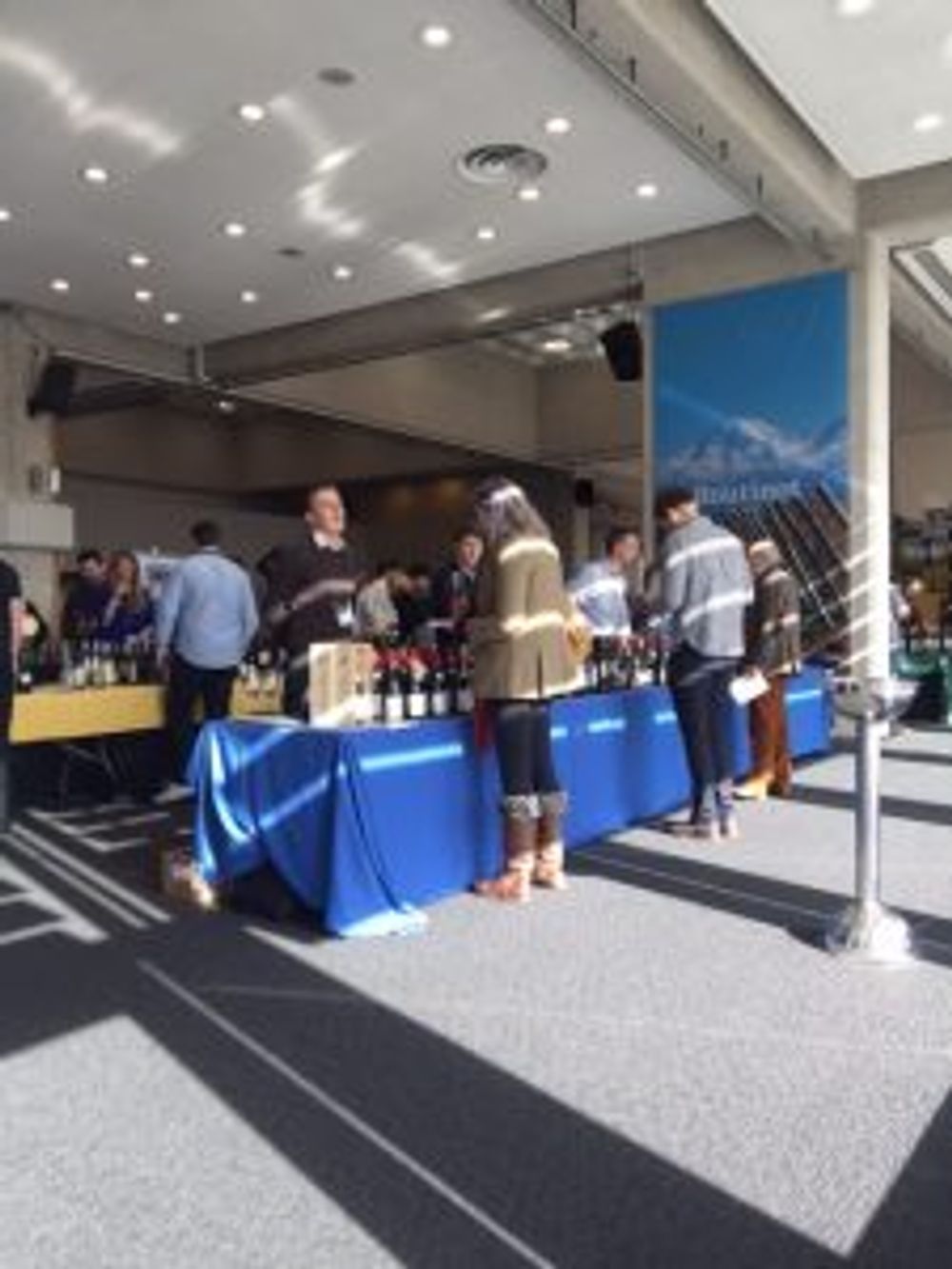
At a busy tasting the free pour table is like an oasis in the desert. It gives you a chance to do things at your own pace, grasp a bottle by the neck and serve your own sample. A simple pleasure, but in all seriousness if you’re in a rush or quite frankly don’t want to make small talk with an attention-starved winemaker, these tables can be a godsend.
Boutinot and OW Loeb did very well in the free-pour stakes this year, with punters ‘allowed’ to self-sample some of the more serious wines, not just the cheap-and-cheerful stuff.
Brilliant Labels

Maybe it was my new glasses, but this year I spotted a far higher number of interesting, attractive and exciting labels than in recent years.
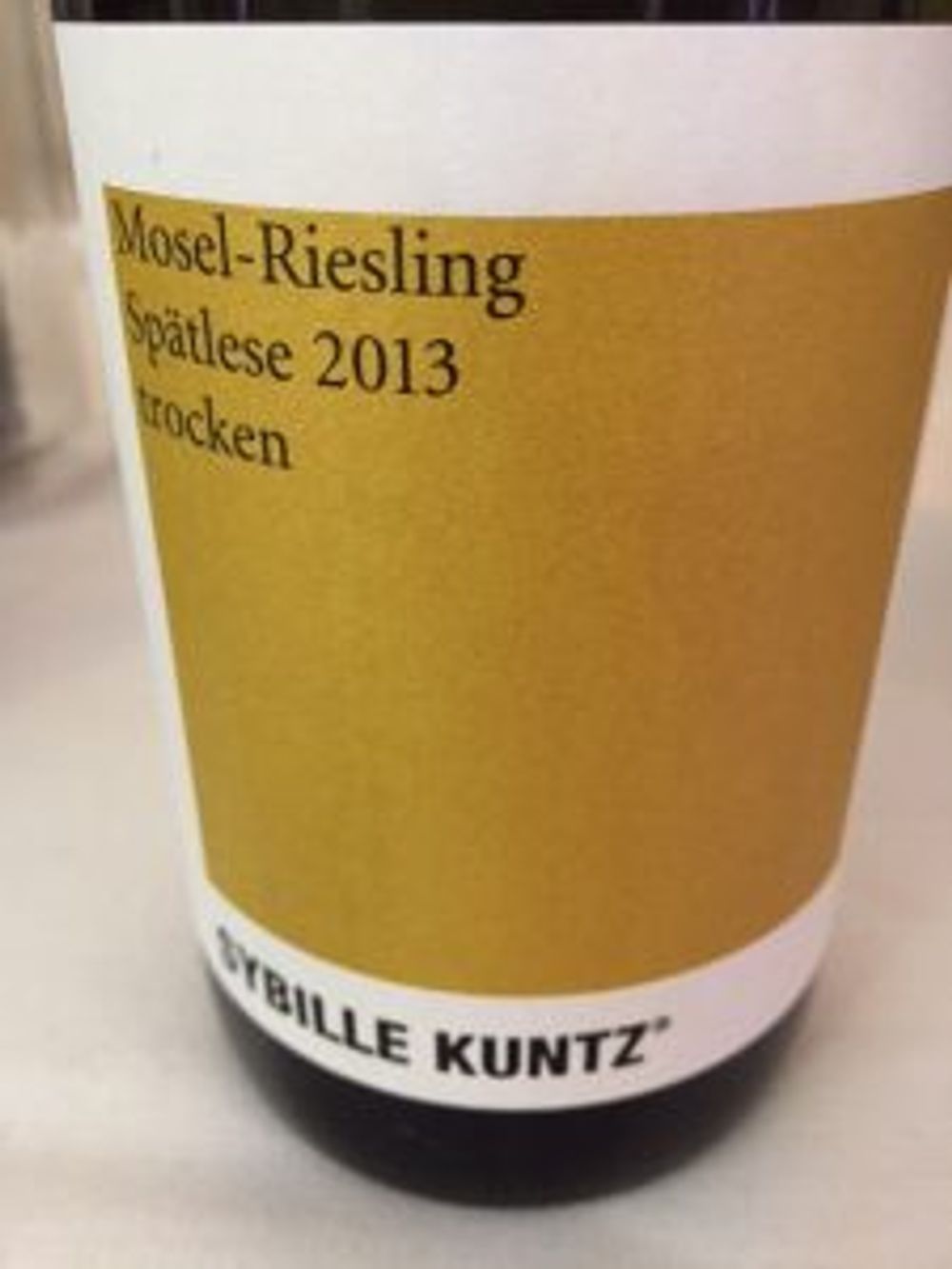
I have a hunch that many of the big importers are taking bigger risks on labels and not trying to cater for everyone with one imprint any longer, they are also, I believe, outsourcing more work to design agencies (and crucially not just ones that specialise in wine). There was innovation here too, as the video clip below of a dynamic label from d’Arenberg shows. Long may it continue.
http://pic.twitter.com/nfIxOuE3Pr
Table Dressing
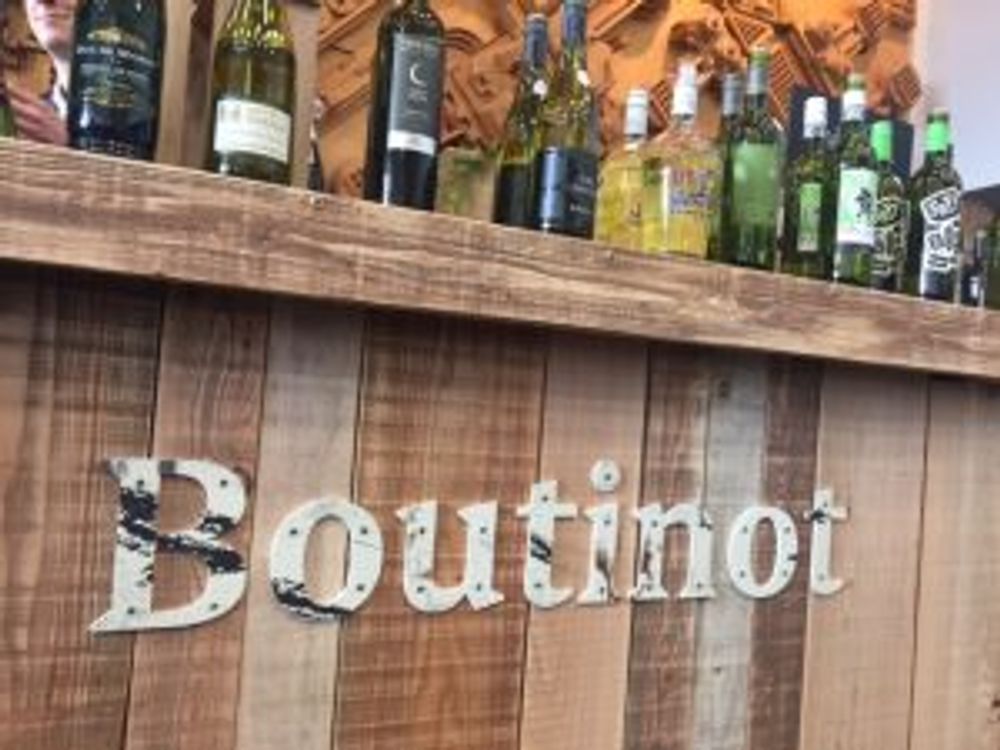
Surely the days of the white table cloth are numbered? Not so judging by a number of importers who still embrace the traditional (and let’s be frank, slightly stuffy) table dressing.
There is a movement away from the staid and starched though, led by Enotria & Coe and Boutinot. E&C ditched tables altogether opting for bespoke plinths with brushed steel tops and specially commissioned images of each producer, while Boutinot had colour-coded table cloths to match the signage and livery plastered around the room. Both were a breath of fresh air.
Venues

Ehrmanns tasting at the Royal Society of Chemistry
For every familiar venue (QEII Conference Centre, Lindley Hall) there were tastings this season at off-the-beaten-track establishments such as The Royal Society of Chemistry (Ehrmanns) and RSA House (OW Loeb).
The venue can make a huge difference, not only in how the wines are presented and the environment in which they’re tasted, but also in whether people bother turning up or not.
A ‘new’ or quirky venue will always get my vote.
Tasting Books
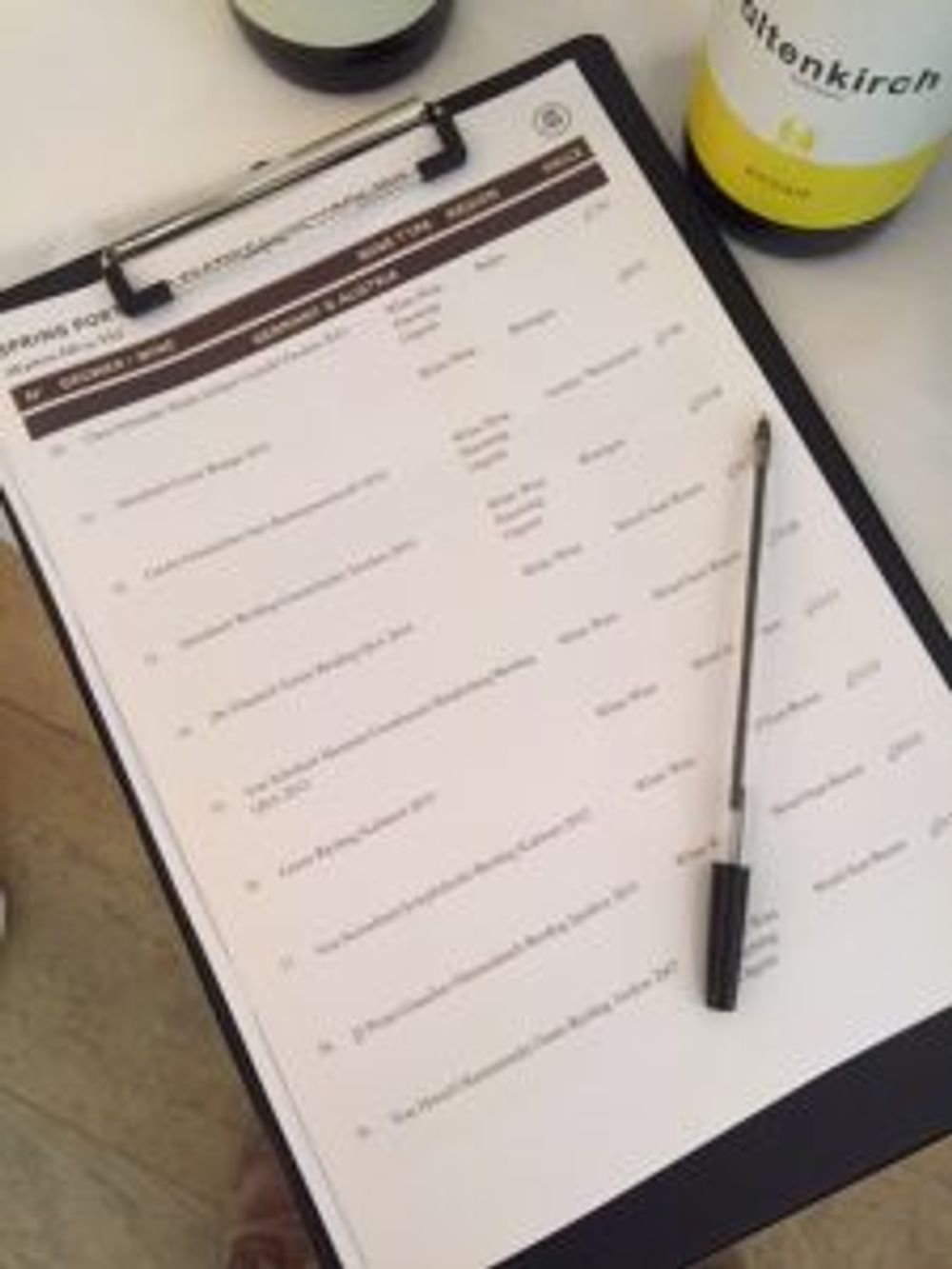
There was a ‘Twitter storm’, or more accurately storm in a teacup, at the Champagne Experience tasting following complaints about the severe lack of space in the tasting booklet for notes. This shows how deeply people (and by people I mean journalists) care about the design, layout and practicability of tasting books.
The whole gamut was on show at the importer tastings this year; praise goes to Hallgarten, Boutinot, E&C and Ehrmanns for their spiral-bound approach, while Fells fell just short by wrapping their spiral-bound book in a cardboard sleeve making it tricky to handle.
The top prize goes to OW Loeb though, who issued everyone with a clipboard on arrival on which to clip their modest 20-page book. Complete the look by turning up in a white coat next year.
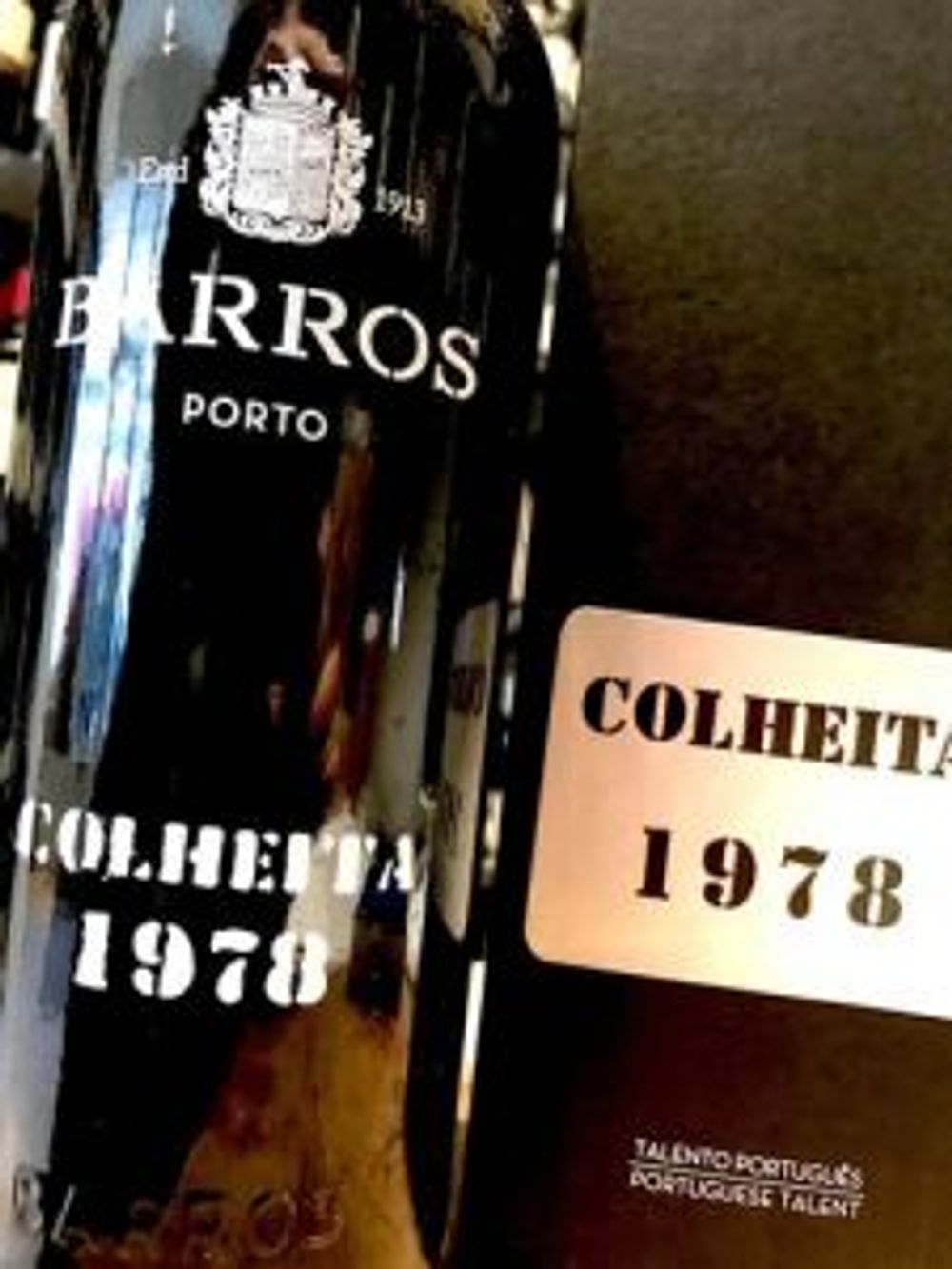
Rare Treats
It’s always great to taste the new wines, and most journalists make a beeline for the new wine table or tasting trail (thanks Hallgarten) at these events, but there’s always room for something out-of-the-ordinary.
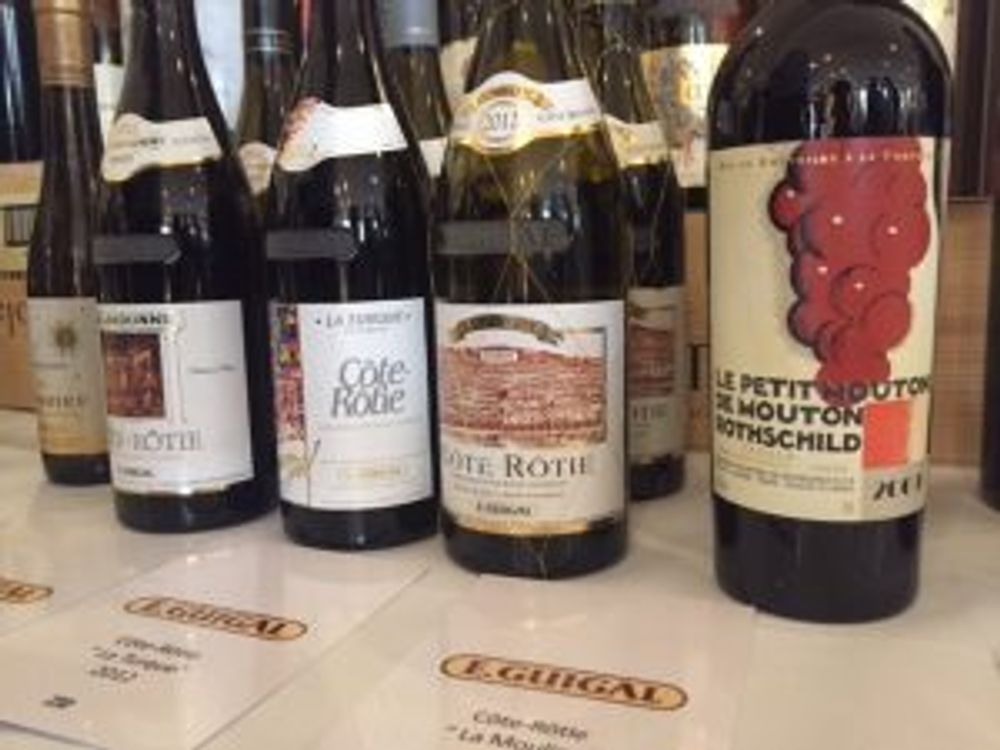
Rare treats – whether in the book or under table – can make or break a tasting. Shout outs then to Hallgarten for showing the Barros 1978 Colheita Port (an ethereal, nutty treat from an exceptional year) and Fells who devoted two tables to a who’s-who of fine wines.
Customer Interaction
Journalists, sommeliers, the trade forget that these events are not all about them (tough to accept, for some); they are targeted at customers and future customers. This is why it’s always good to see some effort made to interact with and engage customers outside of the pouring of wine. Boutinot drew punters in with a competition (guess the red and white wine blind with prizes to be won) and Hallgarten curated four wine trails to take you around the room quickly and concisely. Things like this go a long way.
